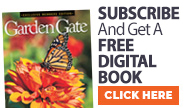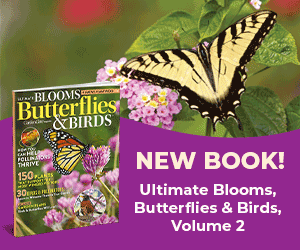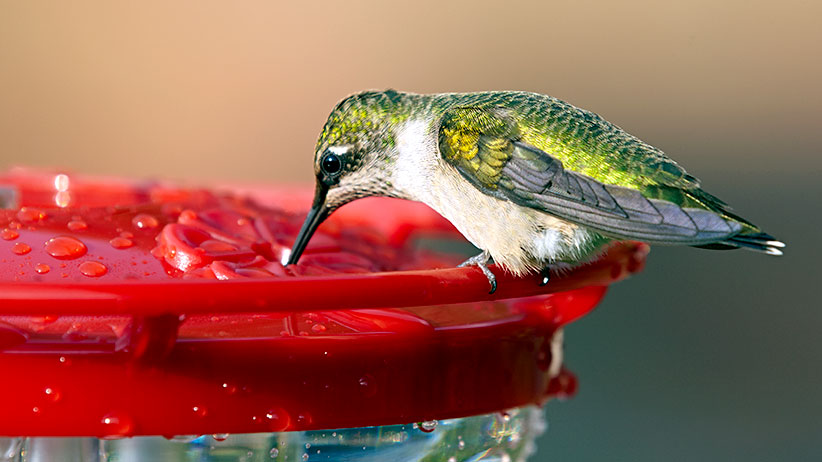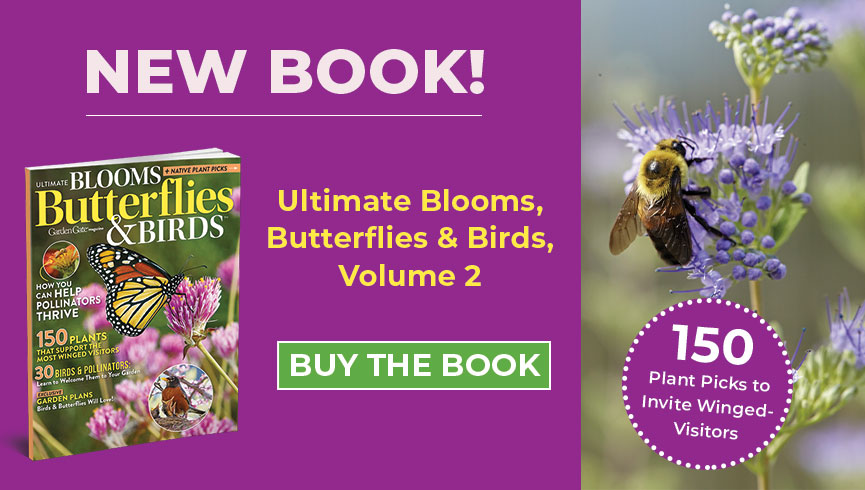
Bird nesting boxes bring big benefits to the garden
Placing nesting boxes around your garden is a great way to encourage feathery friends to start a family there. With more birds in the yard, you’ll enjoy the benefits of these little garden helpers as they eat unwanted insects, munch on pesky weed seeds and help pollinate your flowers. Plus, watching them build their nests and raise chicks is great entertainment!
We spoke with Robyn Bailey, NestWatch Project Leader at the Cornell Lab of Ornithology in New York, about how you can make your birdhouses safe and welcoming nesting boxes for the birds you want to host. She said that different species of birds prefer different house styles and locations and shared a few things to keep in mind as you decide what works best!
Tips for cleaning out bird nesting boxes
Clean out nesting boxes once a year before breeding season starts (by February in the South and mid-March in the North) or at the end of summer when it’s over. Since bird nests are susceptible to parasites and diseases, it’s a good idea to wear gloves and toss old nests and debris in the garbage rather than the compost.
Once you’ve cleared a box, scrub it with a mixture of 1 part bleach to 9 parts water and give it a good rinse. The type of birds who are visiting and nesting in your yard will determine whether or not you should add any nest materials. Some birds, such as American kestrel, northern flicker, chickadees and owls, appreciate a layer of wood shavings in the bottom of the box, but most birds prefer to find their own nest materials.
You Might Also Like
See Our Birdhouse Woodworking Plans
DIY Native Bee House
6 Plants that Birds Love
To paint or not to paint a bird nesting box?
It’s not necessary. For protection from predators, a nesting box that blends into its surroundings is usually best. But painting the outside of a box white to reflect the sun helps control temperatures. If you do want to paint, use nontoxic acrylic or latex paint or wood stain on the exterior and leave the inside unfinished.
What makes a good nesting box?
- For most houses, a sloped roof with a 2- to 4-inch overhang will keep the inside dry and predators away by limiting their reach to the entrance hole.
- Add some drainage holes to the floor of the nesting box in case it does get wet inside.
- The nesting box should have ¾-inch-thick walls and a ⅝-inch hole on each of the side walls near the top of the box are important for ventilation and keeping temperatures regulated.
- Finally, skip the perch outside the entrance — it just acts as an invitation for predators.

Right bird, right nesting box
The style of the house and the size of the entrance hole and house will determine which type of bird might take up residence. Check out a sampling of nesting box types below:
- House wrens prefer a round 1-inch hole.
- Purple martins nest in colonies but prefer houses that are 60 feet away from nearby buildings. Mount a purple martin house on a pole 10 to 15 feet tall.
- American robins utilize nesting shelves mounted in a sheltered spot.
- Mourning doves nest in the open — make a basket of hardware cloth and place it in a forked branch or on top of an arbor.
- If invasive house sparrows are a problem in your yard, only provide houses with the smallest entrance holes since these birds will move into anything 1¼ inch in diameter and larger.
Learn all the information you need to know about each bird’s specific birdhouse requirements and more (including how to predator-proof). Visit nestwatch.org to learn more!
You Might Also Like
Bird-Friendly Garden Collection
How to Attract More Birds to Your Garden
The Best Birdseed for Your Feeders
Pollinator Garden Plan SuperBundle
Which birds will visit my nesting box?
Keep an eye out for these common North American birds in your yard. Grab a bird field guide and start tracking which feathered friends are frequenting your area:
- American kestrel
- Barn swallow
- Chickadee
- Flycatcher
- Mourning dove
- Northern flicker
- Nuthatch
- Owl
- Purple martin
- Robin
- Tufted titmouse
- Warbler
- Wren
Keep spacing & height of bird nesting boxes in mind
Many birds prefer to nest 20 feet or more from another bird of the same species, but don’t seem to mind if other species nest nearby, as long as they aren’t predatory, such as owls.
Songbirds like chickadees and wrens are happy to have their nesting boxes at a convenient height for humans to reach for cleaning and mounting. However, some birds prefer a height that’s a little more difficult to access: Owls and wood ducks prefer to nest 10 to 30 feet above ground.
Did you know?
Cornell’s research has shown that a predator guard placed on the pole or tree can improve the odds of a nest succeeding by 7%!

Where NOT to put a bird nesting box
Skip these spots when you’re looking for real estate for your feathered friends:
- Next to bird feeders and bird baths. This makes them an easy target for predators, such as cats and raccoons, which frequent these spots.
- High-traffic areas close to the mailbox or the front door. Even though some birds, such as Carolina wren, happily build nests in those spots, others, such as tufted titmouse, are shy and prefer to be farther away from people.
- Near drainpipes, an overhang or gutters. They’re too easy for predators to climb.
You Might Also Like
Avoid These Bird-Feeding Mistakes
Ultimate Blooms, Butterflies & Birds Book
Best Plants with Berries for Birds
















